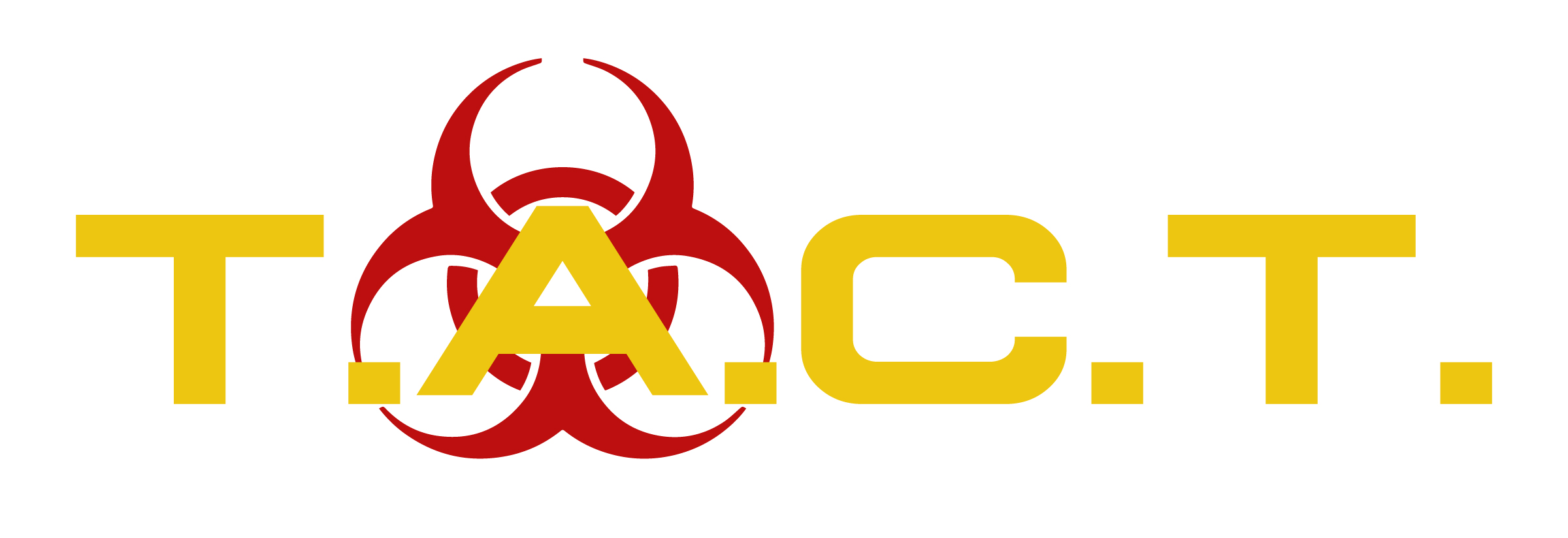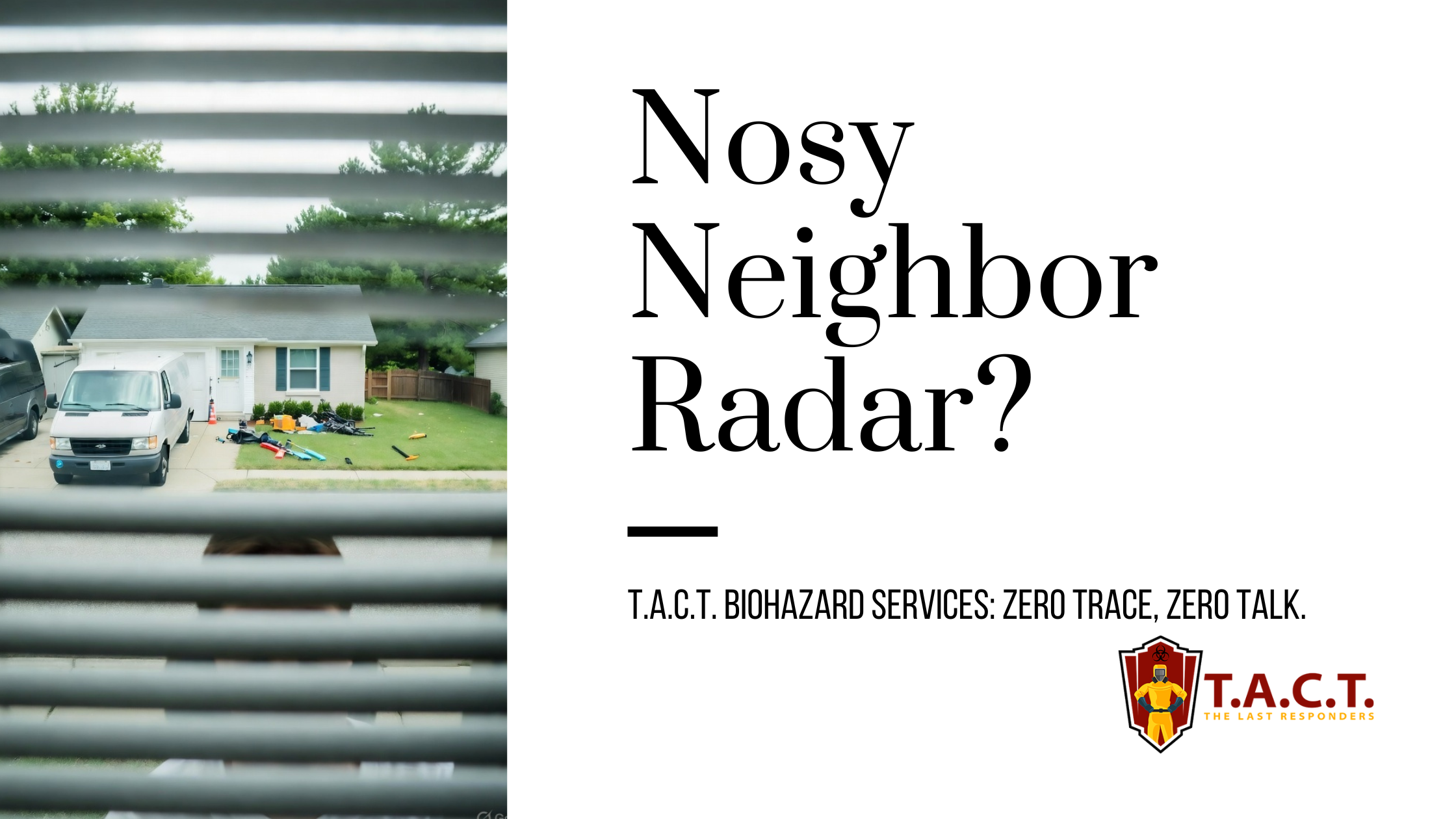How to Transform a Hoarder Room into a Functional Space

Essential Tips for Transforming a Hoarder Room into a Functional Space
Hoarding can quickly take over a home, creeping into every corner until once-functional spaces become unusable. Living with hoarded possessions is not only overwhelming but can also pose serious health and safety risks. If you've decided to tackle a hoarding situation, it’s crucial to approach it with care, respect, and a structured plan.
This guide offers essential tips to transform a hoarded room into a functional space, ensuring both practicality and compassion throughout the process.
Getting Started
Before rolling up your sleeves, it’s important to prepare yourself for what the cleanup process entails. Hoarding is often linked to emotional and psychological factors, so the approach needs to be sensitive yet practical.
1. Recognize the Signs of Hoarding Behavior
Hoarding goes beyond typical clutter—it often involves an overwhelming accumulation of items to the point that spaces can’t be used for their intended purpose. This behavior is linked to mental health challenges, such as anxiety or obsessive-compulsive disorder (OCD). Be aware of the profound emotional connection hoarders may have with their possessions.
2. Approach with Empathy
Start by empathizing with the person dealing with hoarding. Judgment can shut down the process before it even begins. Encourage open dialogue and provide reassurances that the goal is to create a safer, functional environment—not to diminish their self-worth.
3. Assess the Extent of the Problem
Every situation is unique. Take a moment to evaluate the severity of the hoarding and understand any logistical challenges you may face. From piles of old newspapers to potential safety hazards, understanding the scope will ensure better planning.
4. Consider Professional Cleaning Services
For complex or severe situations, professional hoarding cleanup services can provide expertise and support. These specialists are trained to handle biohazards, pest infestations, and heavy-duty cleaning, ensuring the space is restored safely.
Preparing for the Cleanup
Preparation is key to streamlining the cleanup process and staying organized, even in emotionally charged situations.
1. Gather Supplies
Make sure you have all the essentials ready to go, such as:
Heavy-duty trash bags
Cleaning products (anti-bacterial sprays, glass cleaners, etc.)
A sturdy vacuum cleaner
Durable gloves and masks
2. Create a Sorting Station
Establish clear categories for sorting items:
Keep: Items with real, current use or sentimental value
Donate: Possessions that can benefit others
Sell: Valuables that could generate extra income
Discard: Broken, outdated, or unsalvageable items
Tip: Use labeled bins or sections to ensure clarity during sorting.
3. Prepare for Hazards
Safety is paramount. Be ready to handle potential hazards such as:
Fire risks due to excessive clutter
Biohazards like mold, pests, or animal waste
Structural damage caused by years of hoarding
It’s also wise to have a first aid kit nearby in case of minor injuries during cleanup.
Sorting and Purging
Decluttering is more than throwing things away—it’s about helping the individual make tough decisions in a supported and structured way.
1. Start Small
Begin with one room or area to build momentum. A smaller, contained space can deliver instant wins that are motivating.
2. Use the Sorting Categories
Stay consistent with your keep, donate, sell, and discard piles. Encourage practicality—if an item hasn’t been used in years, it’s probably time to say goodbye.
3. Be Ruthless but Compassionate
Some decisions will be tough. Items may hold deep sentimental value for the person hoarding. Provide gentle encouragement and remind them of the newly functional space they’re creating.
4. Get Support
Friends, family, or even professional organizers can provide an extra set of hands and much-needed emotional encouragement throughout this stage.
Organizing and Decluttering
Once the room has been cleared, it’s time to make it functional and organized.
1. Clean from Top to Bottom
Start with the ceiling and work your way down, addressing surfaces, walls, and floors. Use appropriate cleaning supplies to remove dust, grime, and any lingering odors.
2. Introduce Organizational Tools
Storage solutions such as bins, shelves, and labeled boxes can help maintain order. For example:
Clear, stackable bins for easy identification
Drawer organizers for smaller items
Hooks or racks for vertical storage
3. Establish New Habits
Work with the individual to maintain the clutter-free space by introducing small, manageable routines like tidying for 5 minutes daily or doing a weekly inventory of items.
Deep Cleaning and Repairs
Once the space is decluttered and organized, attention can shift to making it safe and welcoming.
1. Deep Clean Thoroughly
Eliminate all traces of hoarding residues by conducting a deep clean. Focus on:
Vacuuming and shampooing rugs or carpets
Washing walls and scrubbing surfaces
Decontaminating areas prone to mold or pests
2. Tackle Repairs
Often, hoarding can leave behind structural or cosmetic damage. Address items like:
Holes in walls
Broken fixtures (e.g., light switches or plumbing)
Flooring that needs replacement
Hire a professional, if needed, to bring the room back to a fully functional condition.
Maintaining a Clutter-Free Space
Creating a clean and organized space is only the beginning. Maintenance ensures it stays this way.
1. Build a Routine
Encourage regular cleaning habits, such as:
Daily 5-minute cleanups
Monthly decluttering sessions
2. Seek Continued Support
Healing hoarding behavior takes time. Encourage the individual to continue therapy or join support groups to address underlying issues.
3. Acknowledge Milestones
Celebrate accomplishments along the way, even small ones! Positive reinforcement can help sustain momentum and pride in the progress made.
Overcoming Challenges and Seeking Help
Transforming a hoarder’s space, and supporting them to change, is not an overnight process. Challenges will arise, but patience, empathy, and determination can lead to lasting success.
When facing setbacks, remember:
Professional help is always available, from counselors to cleaning services.
Celebrating small victories builds confidence.
Each cleaned corner represents hope for a brighter future.
The First Step to a Clutter-Free Life
Transforming a hoarded space is no small feat, but the rewards—both for the individual and for those who love them—make it a challenge worth undertaking. By approaching the process with empathy, preparation, and practical strategies, a once-overwhelmed space can become a functional, welcoming area once again.
If you’re feeling overwhelmed or in need of expert assistance, consider reaching out to professionals who specialize in hoarding cleanup. They can help restore your home to a safe and manageable state while supporting emotional needs.
Latest news

Nosy neighbors peeking? T.A.C.T. North Atlanta offers discreet biohazard remediation for rodent infestations, mold, hoarding, and more. Unmarked vehicles, quiet experts, full privacy—24/7 service at 470-781-4775.
Read More

